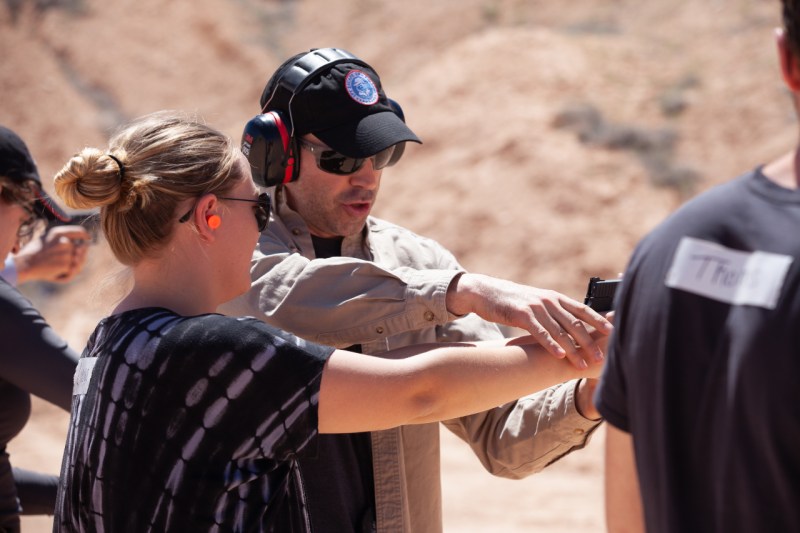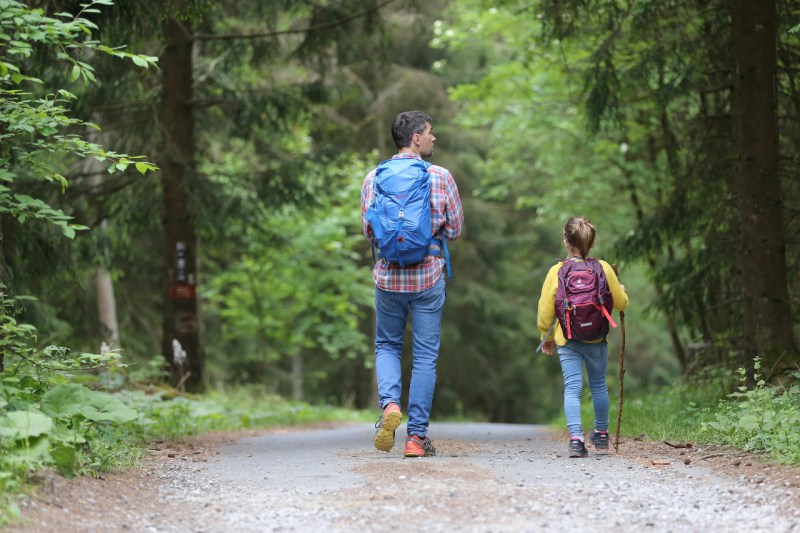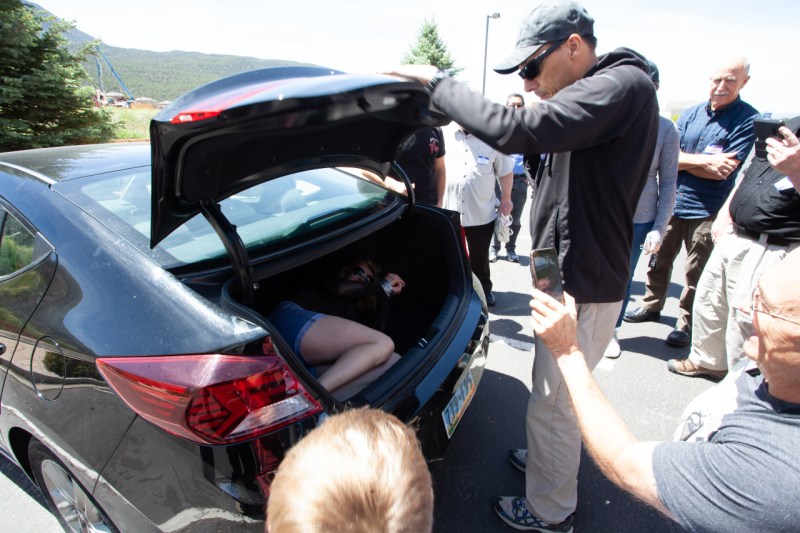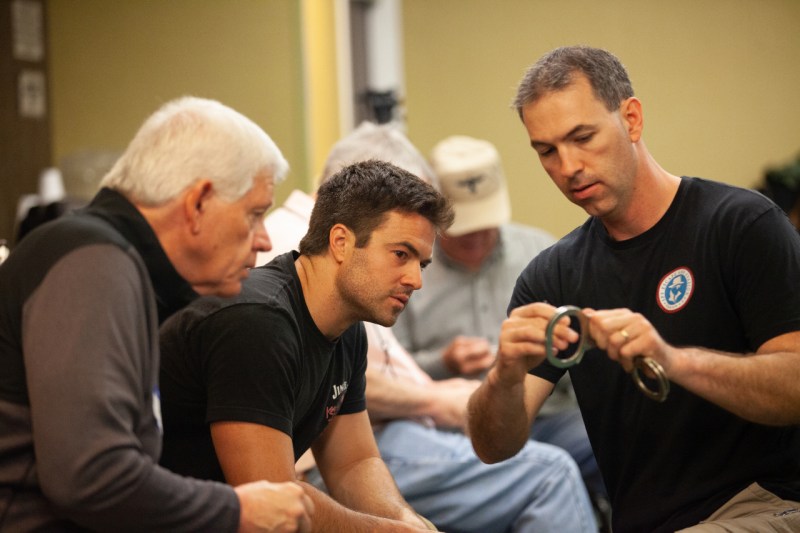While the outdoors is filled with wonderful things like nature and hiking, potential dangers like poison ivy and bear attacks also lurk. However, other risks can come in the form of people. Because one is often alone or far from help in rural environments, understanding self-defense and survival skills can be the difference between life and death.
Jason Hanson, a former CIA officer, and Arlington County Police officer, is one of the most sought-after experts in this field. The bestselling author of Buy at Amazon , Hanson is also the founder of Spy Escape & Evasion, a company that provides self-defense and situational awareness training. Ever wonder what it’s like to have the skills and training of a CIA officer? Each year, Hanson hosts Ultimate Spy Week, a week of hands-on self-defense, gun handling, evasive driving, and escape techniques training. Hanson is a wealth of knowledge and is here to help you stay safe while enjoying the great outdoors.

What to Do if Someone is Following You
One of the biggest mistakes Hanson sees from people is a lack of situational awareness. “I use a flip phone — I’ve never sent a text message in my life,” said Hanson. “I’m not staring at my phone like most of society, hiking down the trail, having no idea that some creepy weirdo is getting close to them.” While hiking or camping outdoors, help can often be far away, making it critical to be aware of your surroundings.
A unique element of being in a rural environment is that it’s a lot easier to notice if you’re being followed. In the spy world, Hanson would run an SDR (Surveillance Detection Route) to determine if anyone was following him. For instance, if Hanson needed to meet with a source at a cafe at 1 p..m, he would leave several hours earlier and run a series of errands at different locations to see if he was being followed. In layperson’s terms, don’t go straight from point A to point B.
However, if a potential assailant continues to approach you on the hiking path despite your attempts to evade them, it’s time for self-defense. For Hanson, it’s critical that you loudly acknowledge the potential attacker.
“Let this person know you see them, and this goes for everybody — male, female, young, old,” said Hanson. “You don’t want to put your head down and look like some scared, weak victim because that obviously empowers and emboldens the guy. You want to turn around and make eye contact. You want to let them know that ‘hey buddy, I see you.’ You can wave to the person, too.”
If the potential assailant is still getting closer, the next step would be to exit and escape as quickly as possible. Preferably, you would have parked your car in a location that can be seen from a distance. This is to avoid being surprised by another potential accomplice of the stranger.
What to Do if You’re Traveling with Children

But what if you’re hiking or traveling with a family? If small children are in this situation, that changes your options. While Hanson states you can still run an SDR with small children, running won’t be possible. Instead, Hanson advocates an interesting self-defense tool.
“Road flares. You can buy road flares anywhere. Go to Home Depot. And when use a road flare and point it at someone, they’re going to think twice about coming after you,” said Hanson. “Now we’re talking about an extreme situation, some guy is coming after you and you’ve already told him to go away.”
What to Do if You’re Kidnapped

Now, for the worst-case scenario — you’ve been kidnapped while hiking. What now? The first thing Hanson recommends is to escape as soon as possible. The reason for this is that kidnappers will generally move you to a secondary location, usually farther away. Not only will it be harder for you to escape, you will also be physically weaker over time. Ideally, you want to try to escape within the first 24-hour window.
Another technique is to leave a DNA trail. This can be done by giving yourself a small cut and rubbing it on your surroundings or even by throwing up in the car. This is critical as it helps law enforcement track you down. Also, establishing a persona with the kidnappers themselves can be crucial to your escape attempt.
“You want to be very submissive. You want to act like a wimp,” said Hanson. “That way, they hopefully put less security on you and they’re not worried about you. And then of course, when you see that opening, you’re going to strike with everything you have and hopefully get out of there.”
The Best Outdoor Self-Defense and Survival Tools

For Hanson, being prepared while adventuring outdoors is critical. Always bring extra food and water in your backpack. In the event that you’re trapped or lost, the extra food and water can be a literal lifesaver. Another mistake is not having a paper map. Electronic GPS and other gadgets can break, leaving you blind if you don’t have a backup paper map.
Some great tools Hanson recommends are metal flashlights, tactical pens, and emergency mylar blankets. Metal flashlights and tactical pens are sturdy and can also double as self-defense weapons while the mylar blanket is lightweight and incredibly useful for cold weather. But for those interested in carrying specific self-defense weapons, Hanson recommends pepper spray grenades. When compared to standard pepper spray, these non-lethal grenades give the user the advantage of distance, unlike a close-range spray.



